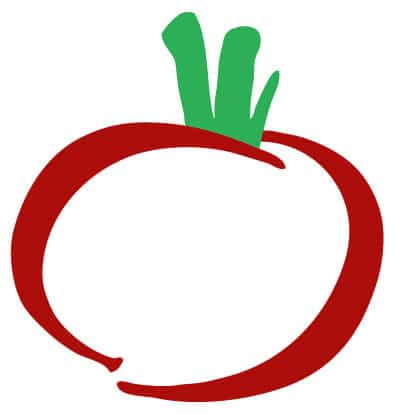Working the Lands is What Bob Wieland Loves at His Pumpkin Farm
The October menu has a variety of pumpkin recipes for you to taste at Souplantation and Sweet Tomatoes restaurants in the fall harvest celebration. You’ll taste pumpkin in the Pesto Pumpkin Bisque w/Pesto Crumbles and Pumpkin Spice Soup, Gluten-Friendly Pumpkin Spice Muffins and Spiced Pumpkin & Cranberry Muffins, and the Caramel Pumpkin Spice Bread Pudding and Classic Pumpkin Spice Cobbler desserts. So, where do the pumpkins for these recipes come from? Meet Bob Wieland.
At 74, Bob Wieland has been all around the pumpkin patch and learned a thing or two along the way, he says. One of the things he has learned is the importance of being a steward of the land. “I’ve been a farmer since 1968, growing mostly pumpkins, beans and corn, and one of the things I’ve come to really appreciate is the need to protect and preserve the land for future generations. As a farmer, I am as concerned with the environment as anyone and I intend to do my part to leave this place better than I found it,” Bob says.
He does that in part by partnering with people and businesses who share his values. Seneca Foods, the company that provides canned pumpkin to Garden Fresh, is one of those companies. “One of the reasons we like doing business with Seneca is that they are environmentally conscious as well. Pumpkins require delicate care as far as fertility, growing and harvesting goes,” Bob says. “Seneca understands this and ensures that every step is the process considers that the land and environment is protected.”
Each year, Bob grows pumpkins on between 500 and 700 acres at his farms near Princeville, IL, one of the largest pumpkin growing regions in the nation. In Princeville, just seven miles from Bob’s farm is the Seneca plant that processes pumpkins. Before Bob began farming, he worked at the canning company that is now owned by Seneca.
Pumpkins do best in drought years, according to Bob. This year, for example, saw higher production than last year because of a dryer growing season. In an average year, each acre produces about 26 tons of pumpkins, but that rate can go down to 16 tons as it did last year during a wet growing season.
Unlike some other things Bob grows, pumpkins are not as labor intensive. Once the planting is complete and nitrogen-rich nutrients are applied, it takes between 75 to 100 days of growth before harvest. Harvesting involves “wind rowing,” a process that allows the pumpkins to roll into a loader. Once loaded, the pumpkins are taken to the nearby Seneca canning factory.
“Working the land is what I love,” Bob says. “Nancy, my wife of 49 years, says I am, even at my age, a workaholic. During harvest season there are times when we work 18-21 hours a day, but I love it as my sense of accomplishment of growing wholesome food still drives me. In addition to pumpkins, we farm about 1,200 acres of beans and 2,800 acres of corn. We’re a pretty busy bunch.”
